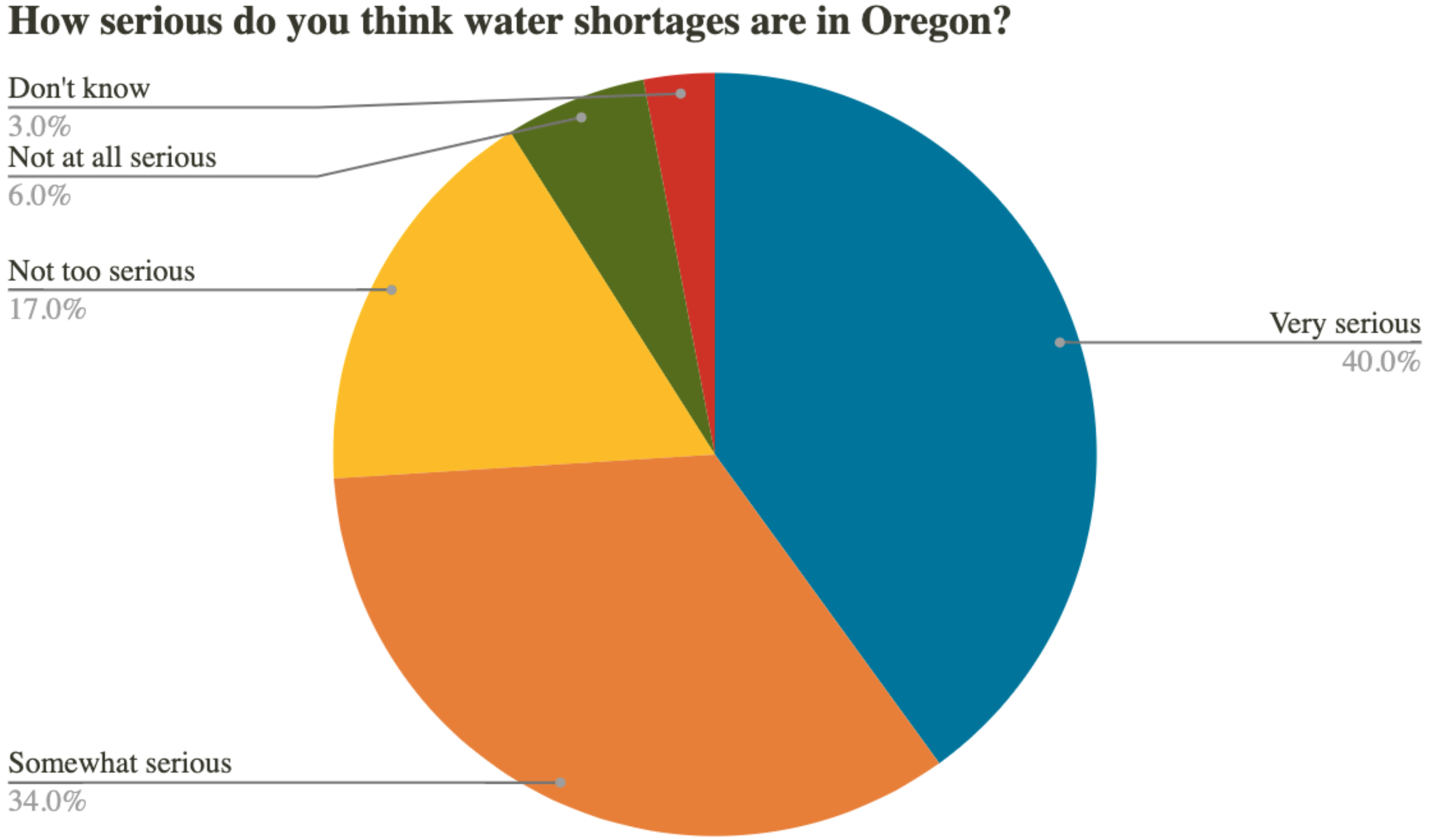

By Mia Fox
July 27, 2022
W hen Oregon’s next governor takes office, they are set to inherit a myriad of ecoregions ranging from the temperate rainforests of the Coast and West Cascade mountain ranges to the sagebrush country of the Northern Basin. Almost every ecosystem within these regions is currently experiencing its driest period in 1,200 years. Deemed a megadrought, this period of dryness shows no signs of stopping with recent research citing human-caused climate change from greenhouse gas emissions as a significant driver. Regardless of the cause, as anglers, drier temperature means higher rates of evaporation on waterways and increased mortality to coldwater species of fish like salmon and steelhead. Less water ultimately means shrinking fish populations and habitats which could spur shorter seasons and smaller bag limits.
Though local waterways have evolved resilience to handle both dry and wet periods, this severe alteration of the landscape and frequency of precipitation is having a myriad of impacts on the future of our waterways. Many watersheds are now hindered in their ability to handle extreme dryness or precipitation. Waterways in Oregon irrigate crops, provide drinking water, serve as critical habitat for fish and wildlife, as well as support a 16.4 billion dollar outdoor recreation economy. Protecting water access is imperative as our climate becomes increasingly hot and dry. The future of angling, commercial fishing, irrigators and Oregon as a whole depends on cool water.
Currently, the Drought Readiness Council, composed of state officials and scientists, evaluates county drought declarations. As of publication, 17 counties in Oregon have declared drought — 47% of all counties. The declaration of a drought allows a county to apply for relief funding at both the state and local levels, as well as emergency groundwater and surface water permits. Examples like the Klamath Basin serve as an omen for drought situations to come. The Klamath Reclamation Project was established in the wake of the 1902 Federal Reclamation Act as a way to redirect water from Upper Klamath Lake and two other reservoirs for irrigation. Through an elaborate network of dams and canals, water was channeled to acres of farmland, blocking passage of salmon and steelhead between spawning habitat, rearing habitat, and the Pacific Ocean. Coupled with less water in general due to drought conditions, Chinook and Coho salmon have less and less viable habitat to spawn.

There are several actions that policymakers can take to create more drought-resilient ecosystems and waterways:
The Wild and Scenic Rivers Act has the ability to protect and restore Oregon’s waterways as part of a meaningful, long-term solution to water scarcity. Oregon’s Legislature and the appropriate governmental Departments can petition Congress to designate Oregon’s waterways as Wild and Scenic to protect water quality and preserve them for years of angling and recreation to come. Advocacy work from groups like the National Wildlife Federation and Northwest Steelheaders push local and Federal legislators to create comprehensive plans to restore rivers and protect dwindling native fish populations. Work on these efforts is not possible without the support of the community and individual action. Feel free to navigate to our Snake River campaign and Tillamook Rainforest pages to learn more about the importance to take action on the issues that matter most to you.
Dams constructed on rivers, like the Snake River, disrupt the migration path of our native fish. Coupled with low water levels due to heat, even fewer fish can survive their trek back to their spawning ground. Reworking river infrastructure could ensure the safety of our waterways in the case of drought and provide greater security that salmon and steelhead will be able to survive in warming rivers. Elwha and Glines Canyon dams serve as an example of successful river infrastructure reworking. The initial construction of these dams prevented thousands of spawning salmon from returning to their breeding grounds. Their 2011 removal triggered immediate biodiversity benefits including opening access to 70+ miles of breeding grounds, liberating accumulated sediment behind the dams which formed new habitat, and restoring tribal access to historic salmon runs.
Forests and forest buffers prevent pollution from entering waterways in addition to providing protection from direct sunlight — the primary contributor to daily fluctuations in water temperature. Daily fluctuation in water temperature leads to less dissolved oxygen in the water and increases stress on fish that are sensitive to fluctuation in temperature. Ensuring that forests like the Tillamook have proper management practices in place can preserve quality ecosystems. Forest management practices can allow for large downed trees to enter waterways that provide streams with shade, buffering from temperature changes. The Tillamook and Clatsop State Forests are home to some of our favorite rivers: the Wilson, Salmonberry, Nehalem, Miami, Trask, and Kilchis, as well as the Tillamook and Nehalem bays. Advocacy groups and the public can visit our page for the most up to date information on how forestry impacts waterways and support. Private forestland owners in Oregon can also work with ODFW to supplement and support waterway management practices.